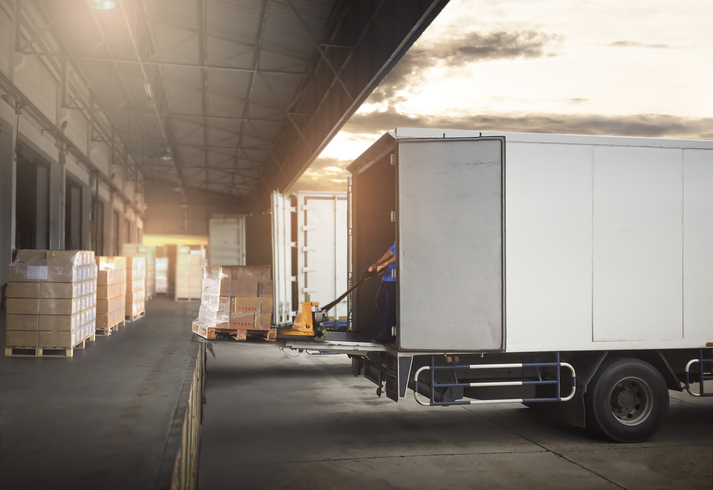
Supply Chain Transportation Risks and What Lies Ahead in 2023
Transportation is considered one of the three primary components of supply chain management. This year, we’ve seen supply chain issues challenge the transportation industry like never before.
As we move into 2023, many of the following supply chain challenges will continue to impact transportation businesses—large and small. And while not all of them may affect your clients, understanding key risk factors is part of an effective transportation management program.
Labor Shortage Risks
At the close of 2021, the American Trucking Association (ATA) reported a historically high 80,000 vacant job positions in the transportation industry. At the end of this year, the ATA estimates that figure to surpass 84,000—and by 2030, it will reach 160,000.
Supply chain issues have transportation businesses struggling to minimize delivery delays. Today, with more drivers retiring, fewer new drivers entering the career and an already record number of positions to fill, drivers who remain behind the wheel will face even greater demands. As a result, accident-related risks due to driver fatigue are likely to increase.
Cybersecurity Risks
From software to electronic logging devices, GPS systems and autonomous vehicles, there are a number of applications where technology is helping the transportation industry better manage supply chain challenges. For example, fleet management software can be an effective tool for improving route performance and reducing dwell times on-site. Companies can use the data from telematics to determine optimal travel routes, identify infrastructure-related bottlenecks and better calculate time estimates.
However, the increased reliance on technology to help combat supply chain delays and improve efficiencies has also increased cybersecurity risks. Today’s transportation businesses have become prime targets for cybercriminals because hackers know these businesses stand to lose much more in revenue and reputation than some of the highest ransomware demands.
Deteriorating Infrastructure Risks
From roadways to bridges and railroads, the nation’s transportation infrastructure is in a state of disrepair. Until proactive changes are made to our deteriorating infrastructure, the transportation industry continues to battle areas of congestion and longer delay times, as well as increased vehicle repair and fuel costs. Today’s outdated infrastructure coupled with existing supply chain delays simply compounds the problem. Changing this dynamic will require continual maintenance and new construction efforts.
It is estimated that over the past 10 years, the U.S. has accrued an “infrastructure investment gap” of nearly $2.6 trillion. According to the U.S. Government Accountability Office, the transportation industry will require the largest amount of funding.
Effective transportation on our roads, highways, and bridges is important to the smooth running of all parts of companies’ supply chains, as well as delivery of goods and services. A strong and healthy infrastructure not only makes it possible for Americans to enjoy an excellent quality of life; it’s also critical to the operation of every business.
Source: U.S. Chamber of Commerce.
Transporting goods is a vital component of the supply chain. At the helm is the trucking and transportation industry, which is tasked with delivering products efficiently, safely and in a timely manner. And while there isn’t a single solution for overcoming critical supply chain issues in the new year, understanding the challenges is a first step in mitigating potential risks.
About Across America Insurance Services
The level of knowledge and experience that you’ll find with Across America Insurance Services is unparalleled. Our in-house experts have developed a multitude of secure, practical and precise protocols that have allowed us to be extremely efficient in helping our agent partners better serve their transportation clients.
To learn more about Across America Insurance and how we can best serve you, please email info@acrossamericainsurance.com.

